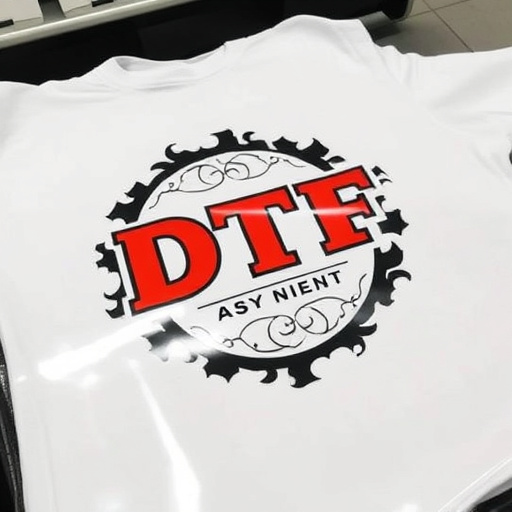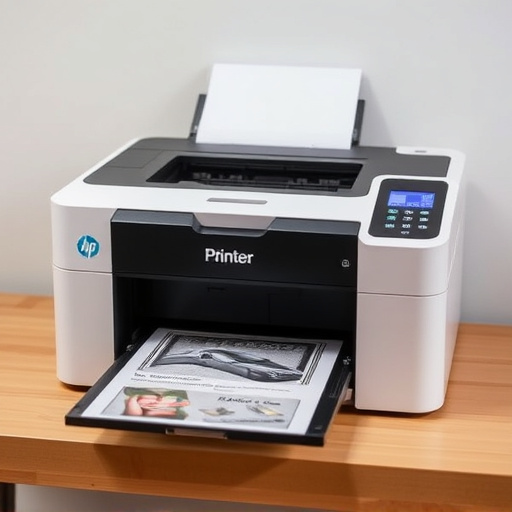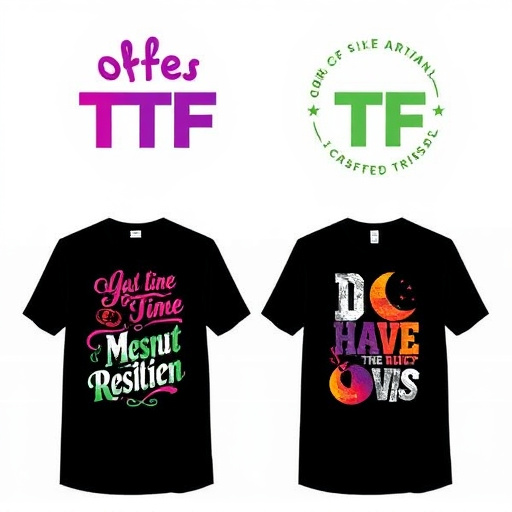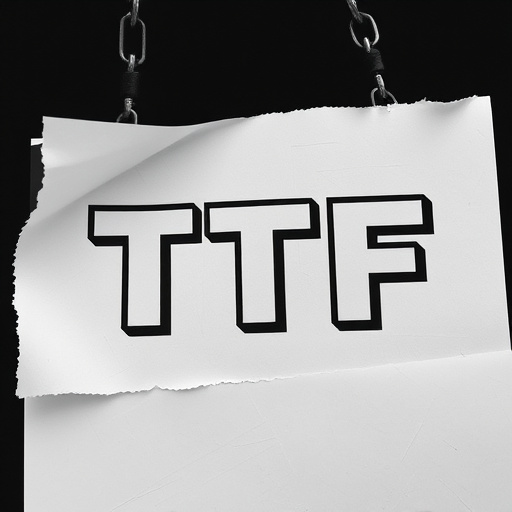DTF (Direct to Film) cold peel film is a key technology in printing and packaging, offering precise transfer accuracy and high-resolution image retention due to its unique 'cold peel' property. Businesses can enhance product quality by achieving superior print quality, vibrant colors, and clean cuts with this film. To maximize results, prepare a clean workspace, use precision rollers, carefully align the film, trim excess, and calibrate equipment regularly. Common mistakes in peeling, such as incorrect technique, timing, or tools, can damage transfers, so following specialized guidelines is essential for successful DTF Cold Peel Film applications on various substrates, especially dark fabrics.
In the precision manufacturing realm, minimizing transfer errors is paramount, especially in high-volume production lines. One effective tool proven to enhance accuracy is the DTF (Direct Transfer) Cold Peel Film. This article delves into understanding the role of DTF Cold Peel Film in ensuring seamless transfers, exploring best practices for its application, and illuminating common mistakes to avoid during the peeling process, ultimately guiding manufacturers towards achieving higher levels of production quality.
- Understanding DTF Cold Peel Film and Its Role in Transfer Accuracy
- Best Practices for Applying DTF Cold Peel Film Effectively
- Common Mistakes to Avoid During the Peeling Process and Their Solutions
Understanding DTF Cold Peel Film and Its Role in Transfer Accuracy

Understanding DTF Cold Peel Film and Its Role in Transfer Accuracy
DTF (Direct to Film) cold peel film plays a crucial role in ensuring the accuracy of transfer processes, especially in printing and packaging industries. This specialized film is designed to facilitate precise and clean transfers of images or patterns from a master substrate to a final material. The ‘cold peel’ property refers to its ability to separate effortlessly from the backing without heat, leaving behind an intact, high-resolution image on the target surface.
By using DTF cold peel film, manufacturers can achieve sharper details, vibrant colors, and more precise cuts, thereby reducing transfer errors significantly. This is particularly beneficial in dtf printing processes, where intricate designs and fine lines are common. The film acts as a protective layer, safeguarding the integrity of the image during handling and application, ultimately contributing to enhanced product quality and consistency.
Best Practices for Applying DTF Cold Peel Film Effectively

When applying DTF Cold Peel Film effectively, there are several best practices to ensure minimal transfer errors and optimal results. First, prepare your workspace by ensuring a clean and flat surface. Clean any dust or debris that might interfere with the adhesion of the film to the substrate, whether it’s fabric for dtf printing for hoodies or other materials. Use a precision roller to apply the DTF Cold Peel Film evenly, removing any air bubbles as you go. This ensures consistent contact and minimizes the risk of transfer failure later on.
Second, carefully align the film with your design using alignment tools provided by the direct to film printer manufacturer. Ensure that all edges and corners are precisely positioned to avoid misregistration, which can lead to inaccurate color reproduction or even incomplete transfers. After alignment, trim any excess film around the design perimeter using a sharp blade to prevent curling or shifting during the heat application process. Regularly calibrate your equipment to maintain accuracy and consistency in your dtf transfers.
Common Mistakes to Avoid During the Peeling Process and Their Solutions

During the peeling process of DTF (Direct to Fabric) cold peel film, several common mistakes can lead to transfer errors. One of the primary blunders is improper peeling technique, where excessive force or incorrect angle can cause the film to rip, resulting in incomplete or distorted transfers. To avoid this, ensure a gentle yet firm peel, starting from one corner and following the fabric’s grain. Another frequent issue is waiting too long between application and peeling, allowing the adhesive to dry out; this increases the risk of damage. Always follow the manufacturer’s recommended timing for optimal results, especially when using dtf heat transfer paper.
Moreover, using the wrong tool or technique can exacerbate problems. Applying excessive heat or using incompatible peelers can lead to a sticky residue or partial transfers. It’s crucial to employ a specialized peeler designed for DTF cold peel film and maintain it for best performance. For those engaging in dtf printing for dark fabrics or hoodies, this meticulous process requires extra care. The right approach ensures crisp, vibrant designs without issues, making DTF cold peel film a reliable choice for professional and hobbyist creators alike.
In conclusion, leveraging the power of DTF Cold Peel Film is a game-changer for enhancing transfer accuracy. By understanding its role, adhering to best practices, and avoiding common mistakes, you can ensure seamless and precise transfers. Incorporating proper application techniques and careful peeling significantly reduces errors, making it an indispensable tool in any manufacturing process that relies on accurate material transfers.














